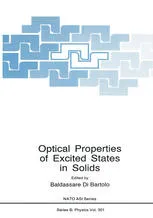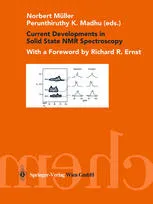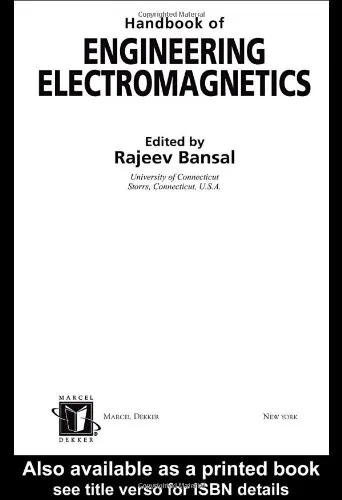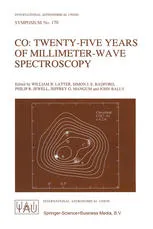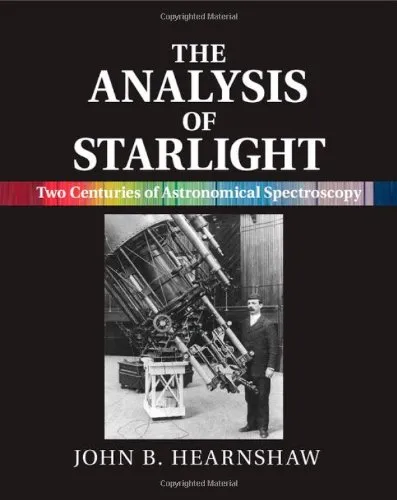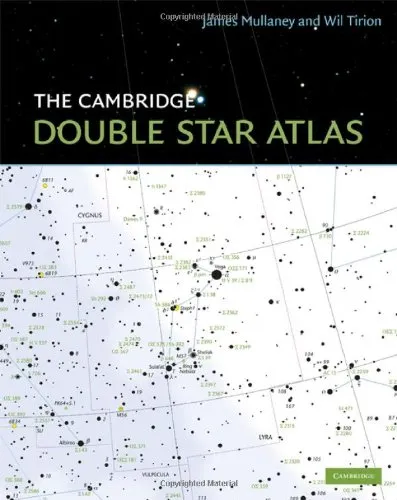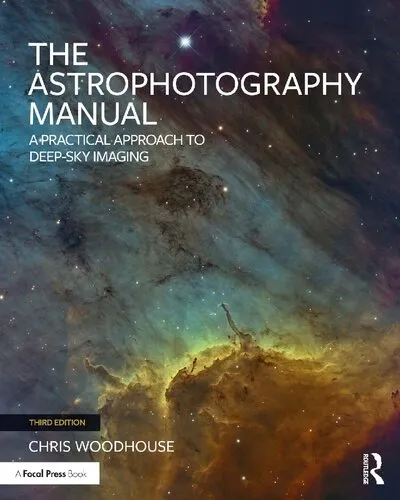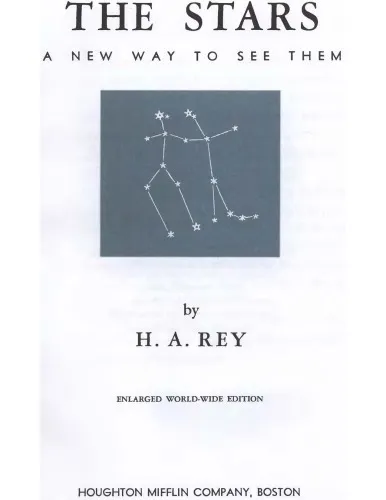Optical Astronomical Spectroscopy
4.5
Reviews from our users

You Can Ask your questions from this book's AI after Login
Each download or ask from book AI costs 2 points. To earn more free points, please visit the Points Guide Page and complete some valuable actions.Related Refrences:
Welcome to a journey into the fascinating world of optical astronomical spectroscopy. 'Optical Astronomical Spectroscopy' is a comprehensive guide that helps readers—whether complete novices or seasoned professionals—uncover the depth and intricacy of analyzing starlight through spectroscopic techniques. This introduction aims to present a detailed overview of what the book entails, highlight its main takeaways, and delve into why it holds significance in the field of astronomy.
Summary of the Book
In 'Optical Astronomical Spectroscopy', we focus on the application of spectroscopic methods in observing and analyzing celestial objects. This book serves as both a textbook for students new to the concept and a reliable reference guide for researchers already working within the field. With a strong emphasis on practicality, the content is divided into sections that address fundamental spectroscopic principles, observational techniques, and the analysis of data from telescopes. It elegantly bridges the gap between theoretical underpinnings and hands-on applications of spectroscopic instruments.
The book begins by explaining what spectroscopy is and why it is an essential tool in modern astronomy. It then dives into the physics of light, with particular attention given to dispersion, diffraction, and the generation of spectra. Further chapters cover the design and functioning of optical spectrometers used in astronomical research, laying out the key factors that influence their performance. Additionally, detailed descriptions of observational practices and real-world data processing workflows are shared to provide readers with practical insights.
An important aspect of the book is its exploration of how spectroscopy has advanced our understanding of the universe. From determining the chemical composition of stars to studying the dynamics of galaxies, this field’s contributions to astronomy are celebrated through various chapters enriched with examples and case studies. The later portions of the book also delve into advanced topics, such as comparative spectroscopy, Doppler shifts, stellar atmospheres, and the analysis of faint or distant objects. These sections build on the fundamental knowledge presented earlier, making them accessible yet intellectually inspiring.
Key Takeaways
- Master the Basics: Gain a strong foundation in the fundamental concepts of optical spectroscopy, including its physics and applications in astronomy.
- Understand Instrumentation: Learn how spectroscopic equipment works, along with tips for operating and selecting suitable tools for different observational goals.
- Practical Techniques: Explore the methods and workflows used to capture, process, and analyze spectroscopic data, complete with real-world examples.
- Explore Astrophysical Insights: Discover how spectroscopic observations unravel the mysteries of celestial objects, from stars and planets to galaxies and beyond.
- Advanced Applications: Delve into cutting-edge topics such as radial velocity measurements, redshift detection, and studies of stellar atmospheres.
Famous Quotes from the Book
“Spectroscopy is, at its core, the study of light—yet it reveals the chemical essence and motion of stars, far beyond the reach of our physical grasp.”
“Through the analysis of a single faint beam, we decipher the history of stars and their destined transformations.”
Why This Book Matters
The significance of 'Optical Astronomical Spectroscopy' lies in its ability to demystify a complex and highly technical subject, making it approachable for a wide audience. Spectroscopy has revolutionized our understanding of the cosmos, and this book provides a detailed guide to mastering the techniques behind such groundbreaking discoveries. By offering a blend of theoretical knowledge and practical advice, it equips readers with the tools to contribute to the growing field of astrophysics.
Whether you are an amateur astronomer aiming to spectroscopically examine stars or a student charting a career in observational astronomy, this book is a must-read. Its timeless insights into the universe and its workings ensure that it continues to be a vital resource for anyone passionate about learning how light holds the key to unlocking cosmic mysteries.
Free Direct Download
You Can Download this book after Login
Accessing books through legal platforms and public libraries not only supports the rights of authors and publishers but also contributes to the sustainability of reading culture. Before downloading, please take a moment to consider these options.
Find this book on other platforms:
WorldCat helps you find books in libraries worldwide.
See ratings, reviews, and discussions on Goodreads.
Find and buy rare or used books on AbeBooks.
1213
بازدید4.5
امتیاز0
نظر98%
رضایتReviews:
4.5
Based on 0 users review
Questions & Answers
Ask questions about this book or help others by answering
No questions yet. Be the first to ask!



